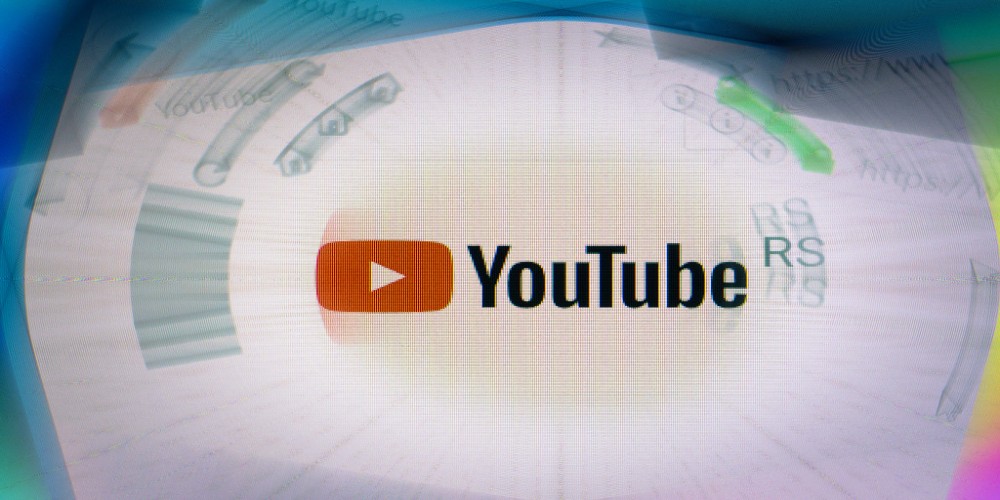YouTube Expands Picture-in-Picture Mode: A New Era of Accessibility
- 2024-02-28 10:30

In the ever-evolving landscape of digital media consumption, YouTube's picture-in-picture (PiP) feature has made multi-tasking while watching videos a seamless reality for many. Initially, this convenient feature was predominantly accessible to Android users and, more recently, to non-Premium US users. However, recent developments suggest that YouTube is on the cusp of liberating PiP accessibility, potentially allowing the global audience to enjoy this multitasking feature without the need for a Premium subscription.
Picture-in-Picture has transformed the way we interact with video content, enabling viewers to continue watching a small video player while browsing other apps or websites. While Android users have embraced this functionality for several years, a notable shift occurred in 2022 when US-based, non-Premium YouTube users were granted access to this feature, albeit with specific content restrictions, particularly concerning music videos.
Surprisingly, users in Europe have begun to report the availability of PiP mode without the Premium caveat—a development yet to be confirmed by YouTube officially. While it remains ambiguous whether this change is a deliberate rollout or a spontaneous glitch, the implications of such a decision are promising for the global YouTube community.
However, certain content like copyrighted songs may still hold restrictions for free users. The precedence set by the allowance of PiP for "non-music content" to iOS users could hint at YouTube's intention to standardize the PiP experience, ensuring that operational differences do not impede user engagement.
Despite the absence of an official announcement, the possibility of this feature being universally accessible elicits a wave of anticipation. It represents a strategic move for YouTube, likely to bolster user satisfaction and platform retention.
As murmurs of PiP's global accessibility without a Premium subscription continue to resonate within the YouTube community, the promise of feature democratization raises expectations. A balance between inclusive free access and preserving premium advantages is crucial for YouTube's sustainable growth. An official statement to either confirm or clarify these developments would surely be the decisive factor for many viewers who still find themselves on the cusp of this potential watershed moment in YouTube viewing. The trajectory of PiP's accessibility not only reflects YouTube's adaptation to user needs but also marks a significant milestone in our collective digital content experience.





